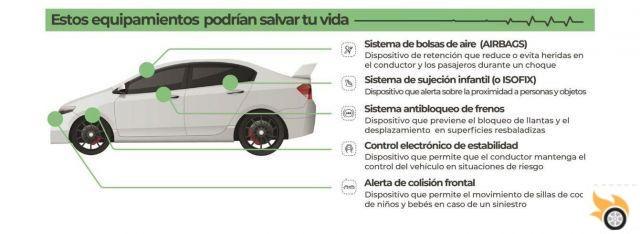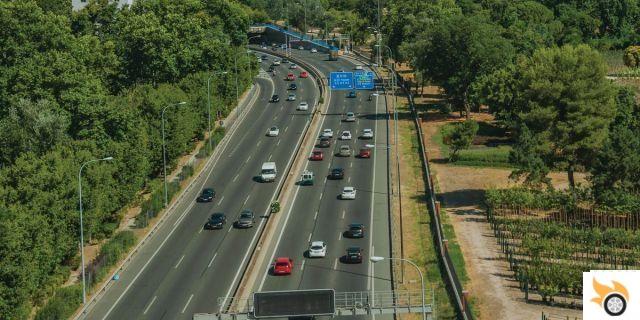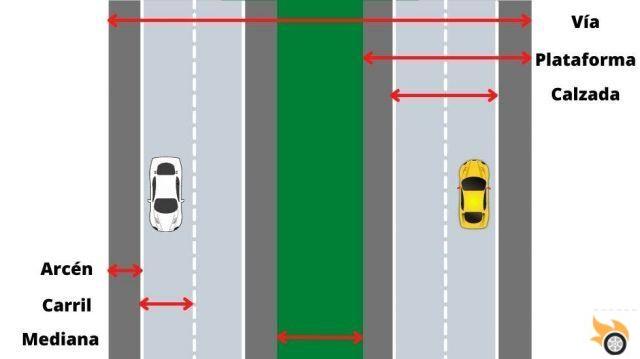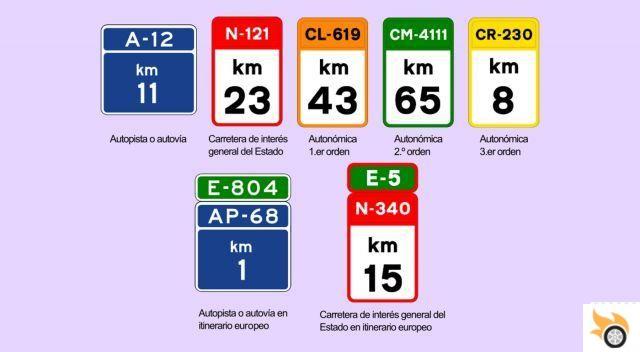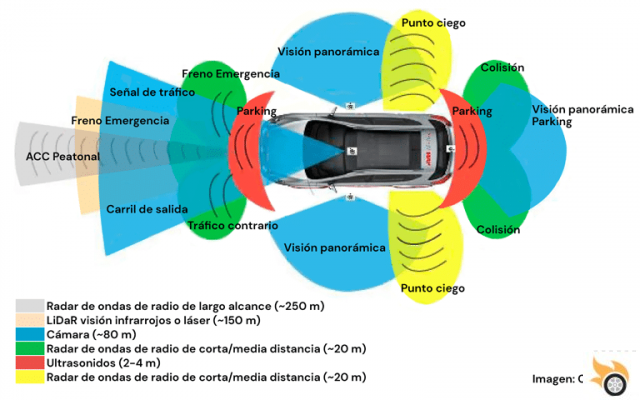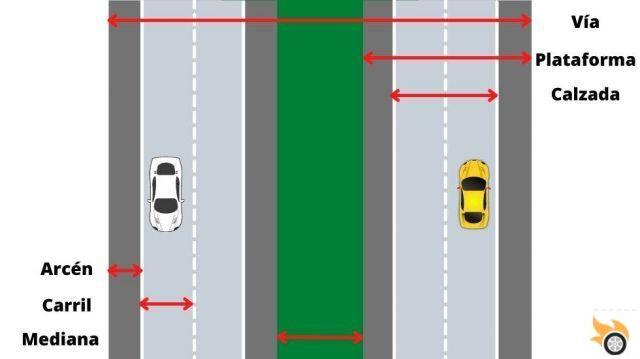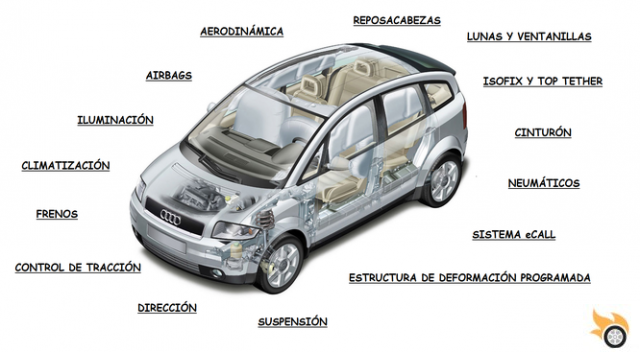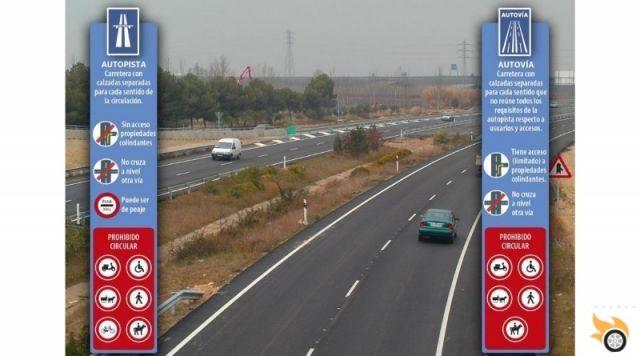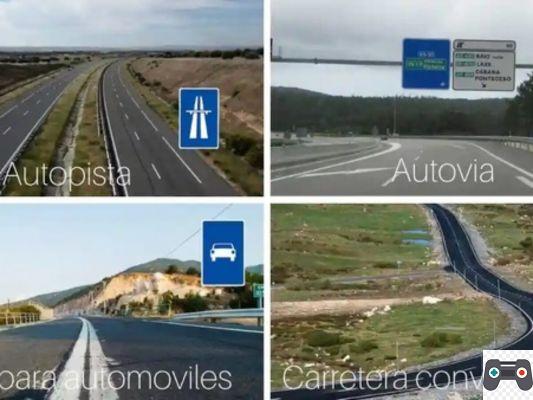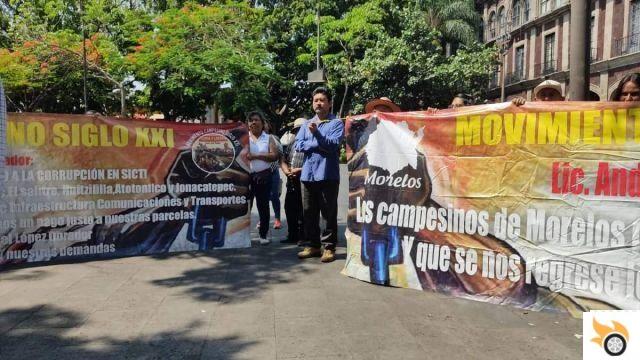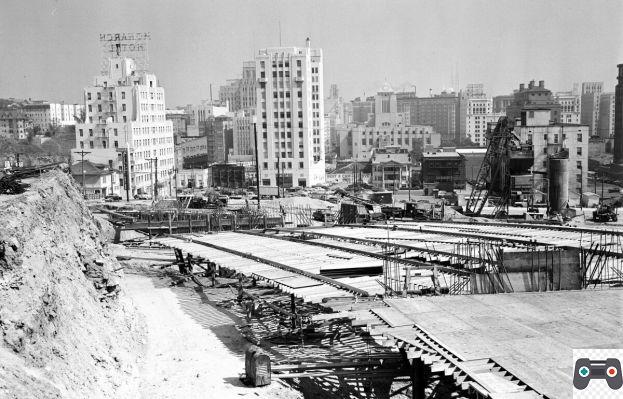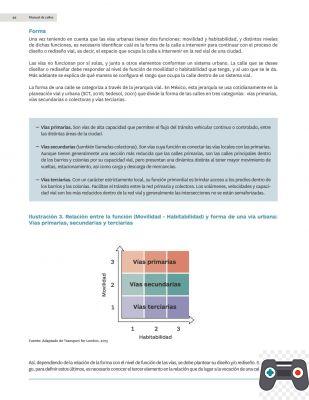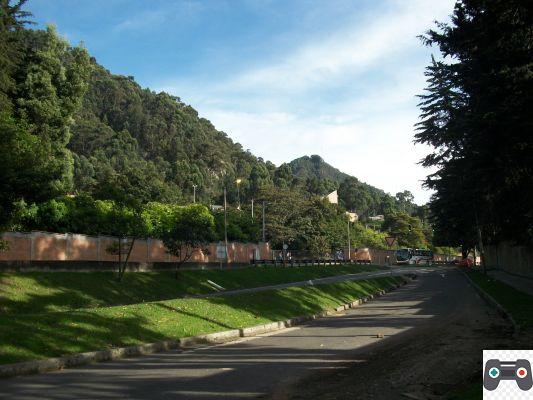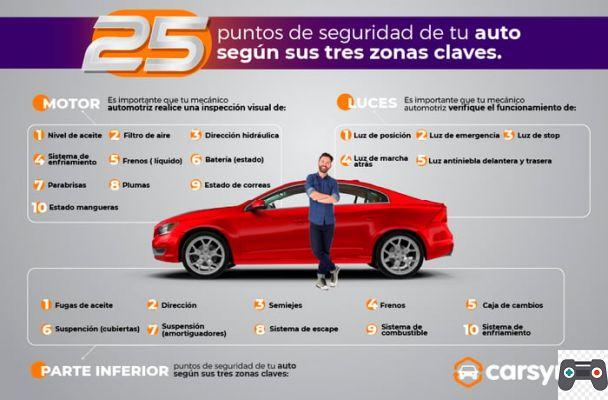
Introduction
Welcome to our article on the characteristics and differences between urban and interurban roads and crossings. In this text, we will explore existing road standards, types, and classes, as well as the fundamental differences between urban and interurban roads. We will also cover the specifics of the crossings and how they are distinguished from the other two categories. Let's get started!
Characteristics of urban roads
Urban roads are those found within cities and built-up areas. These roads tend to have a more complex design and are intended to facilitate traffic within urban areas. Some of the most outstanding characteristics of urban roads are:
- Higher traffic density
- Increased presence of traffic lights and signage
- Increased number of intersections and junctions
- lower top speed
- Greater presence of pedestrians and cyclists
Characteristics of interurban roads
Interurban roads, on the other hand, are those that connect different cities and rural areas. These roads are designed to facilitate long-distance traffic and often have different characteristics from urban roads. Some of the most relevant characteristics of interurban roads are:
- Lower traffic density
- Highest maximum speed allowed
- Fewer intersections and junctions
- Presence of rest areas and service stations
- Greater length and straightness compared to urban roads
Crossing characteristics
Crossings are specific zones within urban or interurban roads that cross residential or commercial areas. These zones usually have particular characteristics to guarantee the safety of pedestrians and local traffic. Some of the most common characteristics of the crossings are:
- reduced top speed
- Greater presence of pedestrian crossings
- Specific signaling to warn of the presence of crossings
- Increased vigilance and speed control
- Increased presence of traffic signals and traffic lights
Differences between urban and interurban roads and crossings
Now that we've explored the individual characteristics of each road type, it's important to highlight the fundamental differences between them. These differences are crucial to understanding how to drive on each type of road and adjusting to the specific rules and conditions. Some of the most notable differences are:
- The location: Urban roads are within cities, while interurban roads connect different cities and rural areas. Crossings can be present both on urban and interurban roads.
- Traffic density: urban roads tend to have a higher traffic density due to the concentration of population and commercial activities. Interurban roads, on the other hand, have a lower traffic density.
- The maximum speed allowed: on urban roads, the maximum speed is usually lower due to the presence of pedestrians and the greater number of intersections. On interurban roads, the maximum speed allowed is higher.
- The presence of traffic lights and signaling: urban roads have a greater number of traffic lights and signaling due to the need to regulate traffic in more congested areas. Intercity roads have fewer traffic lights and signage, as traffic flows more smoothly.
- The length and straightness: Interurban roads are usually longer and straighter compared to urban roads, which are usually shorter in length and more complex in design due to the configuration of cities.
Frequently Asked Questions (FAQs)
1. What is the difference between an urban road and a traverse?
The main difference between an urban road and a crossing lies in its location and characteristics. An urban road is located within a city and can have different characteristics, such as higher traffic density and the presence of traffic lights. On the other hand, a crossing is a specific area within an urban or interurban road that crosses residential or commercial areas. Crossings usually have a reduced maximum speed, a greater presence of pedestrian crossings and specific signage to warn of their presence.
2. What are the traffic regulations on interurban roads?
Traffic regulations on interurban roads are similar to those on urban roads, but with some differences. Some of the most important rules to take into account on interurban roads are:
- Respect the established speed limits
- Maintain an adequate safety distance from other vehicles
- Use lanes correctly and respect overtaking signs
- Overtaking safely and only when permitted
- Be aware of road conditions, such as sharp curves or changes in elevation
Conclusion
In short, urban roads, interurban roads and traverses have specific characteristics and regulations that distinguish them from each other. It is important to know these differences in order to adapt to the conditions of each type of road and guarantee road safety. Always remember to respect traffic regulations and drive responsibly. See you on the road!
Thank you for reading our article on the characteristics and differences between urban, interurban and crossroads! We hope it has been informative and helpful in better understanding this topic. If you have any additional questions or want to share your experience, feel free to leave us a comment below. We will be delighted to hear from you!
Until next time!




